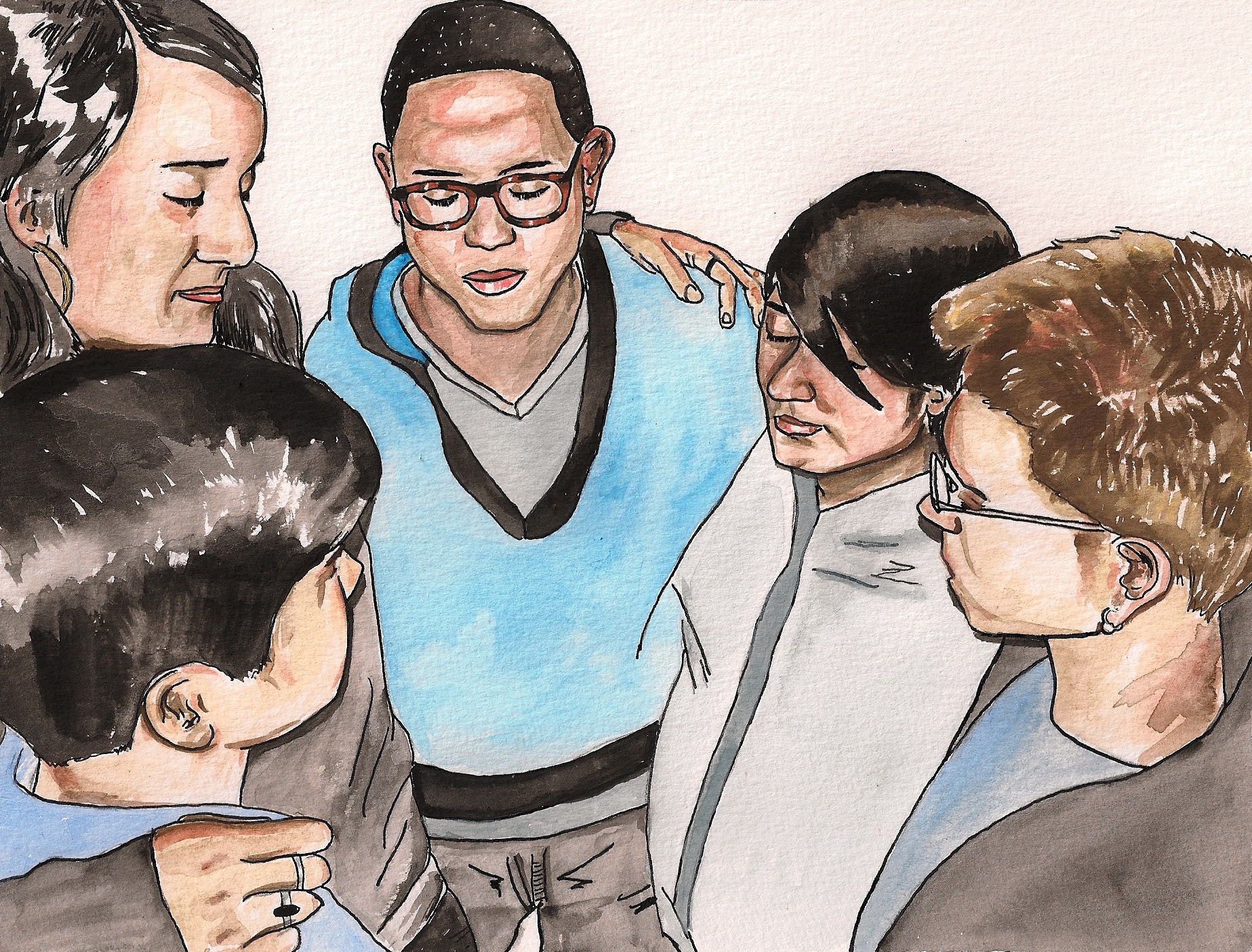I’m still coming down from CR10, which was huge and great and filled with more amazing things than I could have possibly absorbed. I ended the conference feeling inspired and tired and reminded of how important it is to incorporate prison abolition into all the social justice work we do.
There were a lot of highlights, but a big one was the opening plenary – which had an amazing lineup of speakers and performers including Andrea Smith, whose speeches always feel like a really good chiropractic adjustment for my brain (everything coming back into alignment with really intense sensations but it feels SO good); and Destiny Arts, who RULED the stage so hard with their tight dance moves after Andrea Smith’s amazing talk that I was kind of having an out-of-body experience from the excitement of it all. Also Miss Major made me so proud of queer and trans social justice organizers everywhere and Suheir Hammad made me (and everyone around me) cry.
Â
A little more on Andrea Smith: she does such a good job of breaking down the ways that intersecting oppressions like racism, capitalism, colonialism, and heteropatriarchy work together to fuel gigantic monsters like the prison industrial complex. I wish I had the text of her speech from CR10 – but I did find this great interview she did with The Abolitionist (CR’s newspaper).Â
The part where she talks about creating community responses to violence is so inspiring to me, and feels so relevant to what we’re talking about on Enough. Her work and the work of INCITE! and connected organizations is so much about building alternatives to racist and paternalistic social services (see the Boarding School Healing Project, the New Orleans Women’s Health Clinic, Sista II Sista) so people can thrive and be safe and heal from oppression without being tied to private elites and the State. This is the kind of framework I want to come from when talking about wealth redistribution, sharing resources, and building sustainability and accountability in movements and communities. Since the government, capitalism, philanthropy, and social services really don’t support anyone’s self-determination and hurt all of us by dividing us and forcing us to oppress each other, we should probably really keep working on building community controlled socially just alternatives to everything. Alternatives to the prison industrial complex, alternatives to profit-driven health care (or HELLthcare ), alternatives to unhealthy and environmentally unsustainable food production, alternative economies, etc. And capitalism is in crisis! So now is a great time for us to work on that, right?
Â
Â

do you know your blog is listed on this blackhat site? blackhatbootcamp.net/listofwordpressblogs/
YES! you are so fucking right. I’m kind of responding to two posts: this one and Philanthropy and Abolition. I’m having coffee with a member of the committee for the US Solidarity Economies conference next week and hope to connect around its timeliness! Reading about it got me really exited during a week of dire depression. Not sure who is organizing it, and what the representation is, but i hope to find out. Also, im definitely experiencing the downward spiral of the funding debacle at work. It’s survival mode at this point; we’re on a spending freeze. It’s interesting because while the org organizes latino immigrants for their own self determination (though its not referred to as such) we also help them sign their kids up for health insurance, apply for citizenship and take ESL. All important and necessary supports even though they are straight up social services. They are fostering community leaders but with one arm entangled with the state. And the gov money pays for a lot of jobs. That’s the other caveat. If it wasn’t such a big organization, it might be easier to cut back, re-prioritize, and shift focus to be able to be less reliant on gov funding, even foundations. But right now, we’re so entrenched and our financial accountant consultant says we should have more money in reserves. Like it’s going to appear out of thin air. I guess i’m trying to view it as a constructive learning experience.